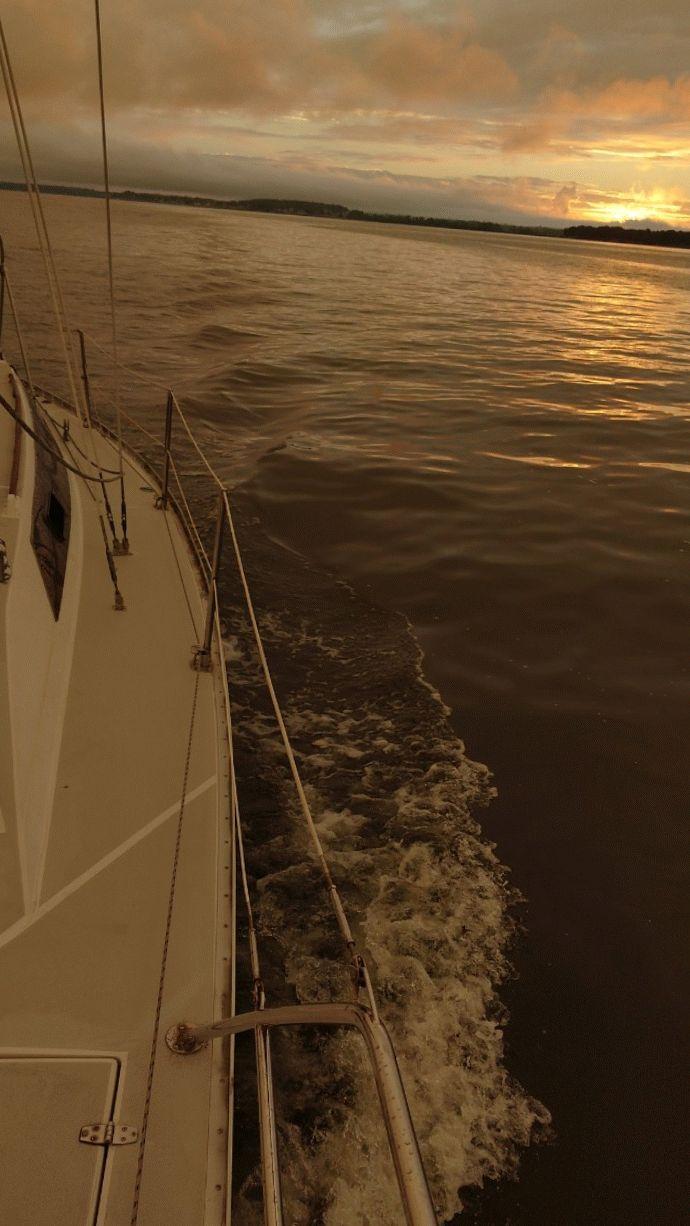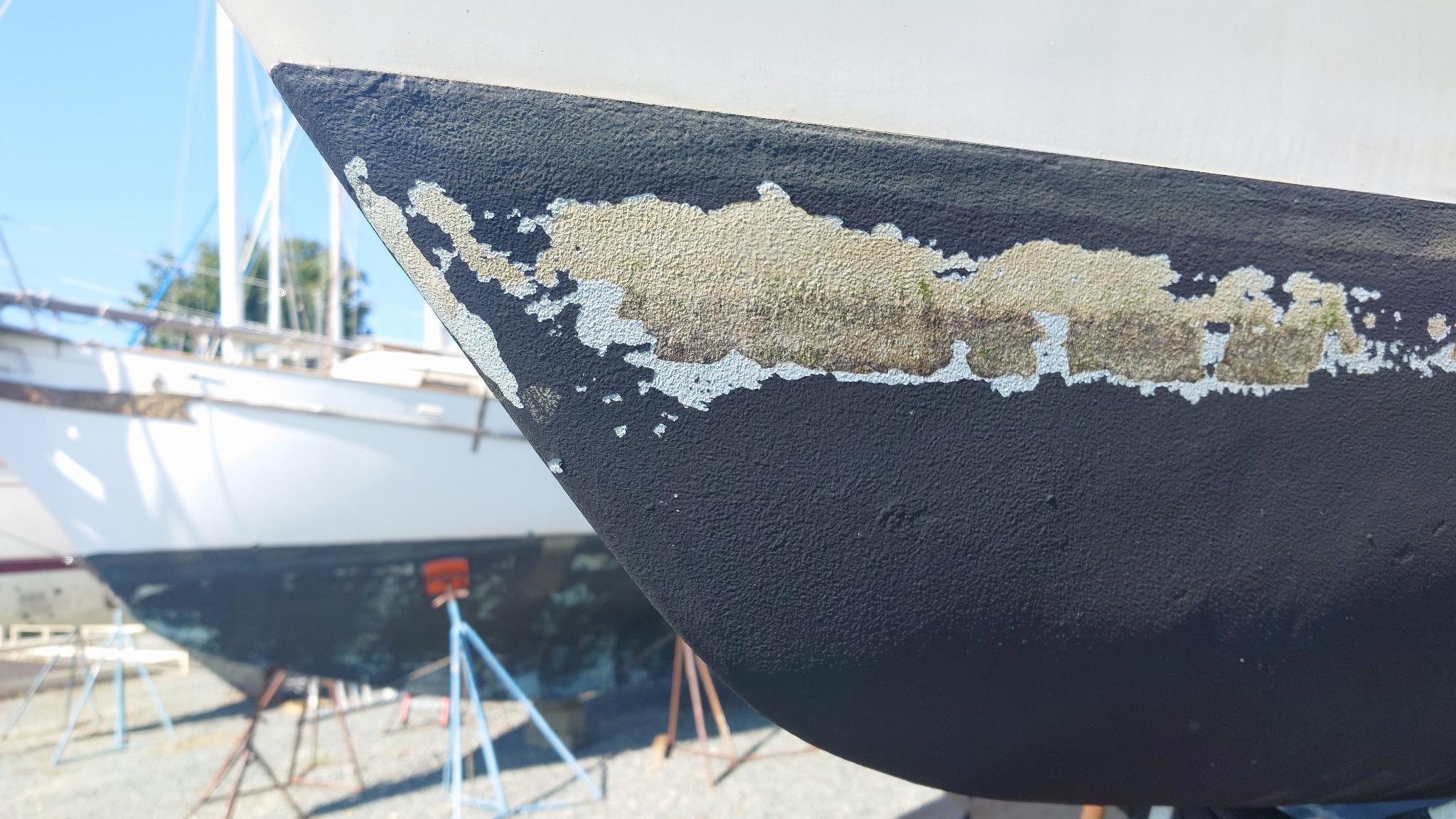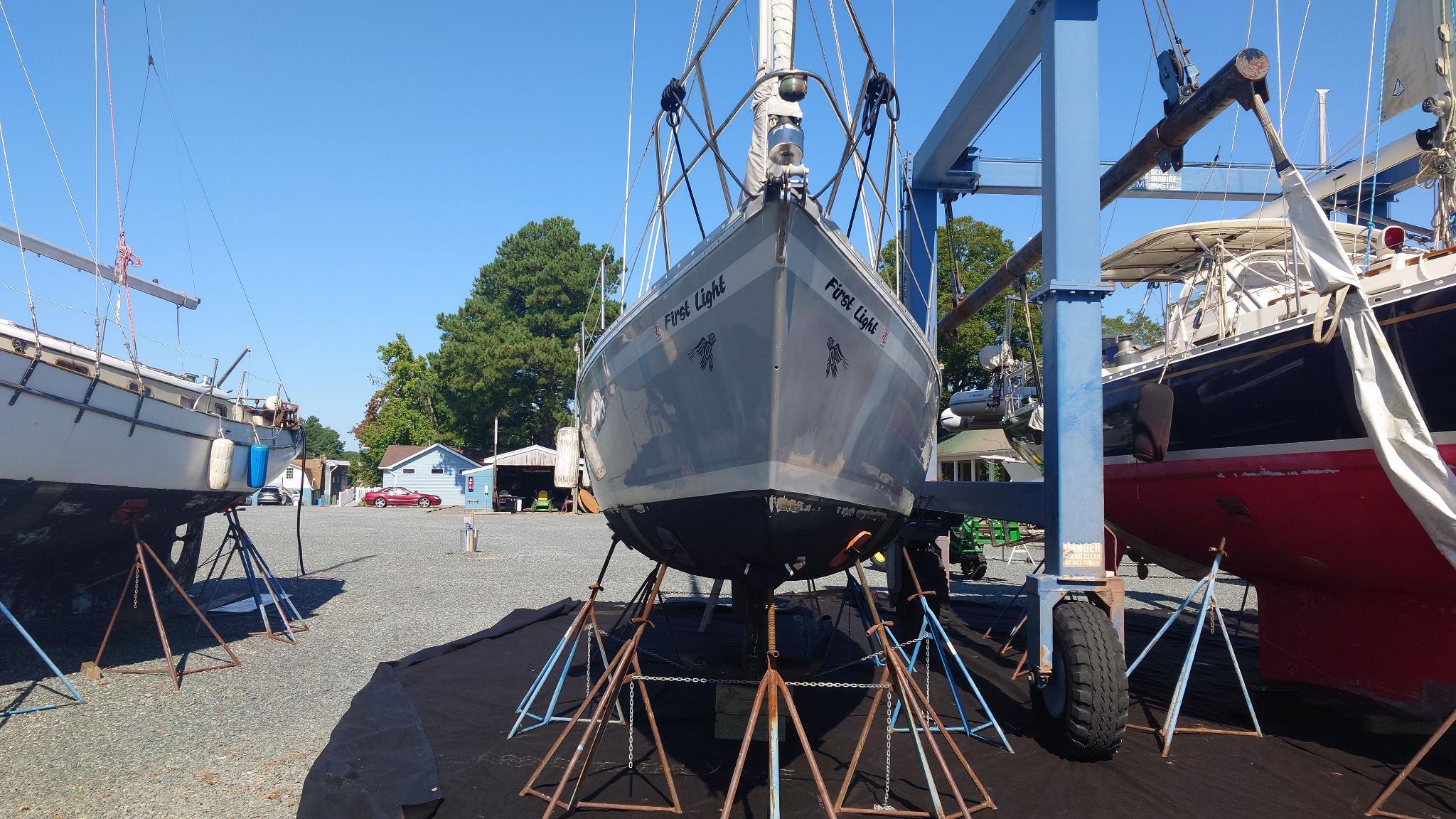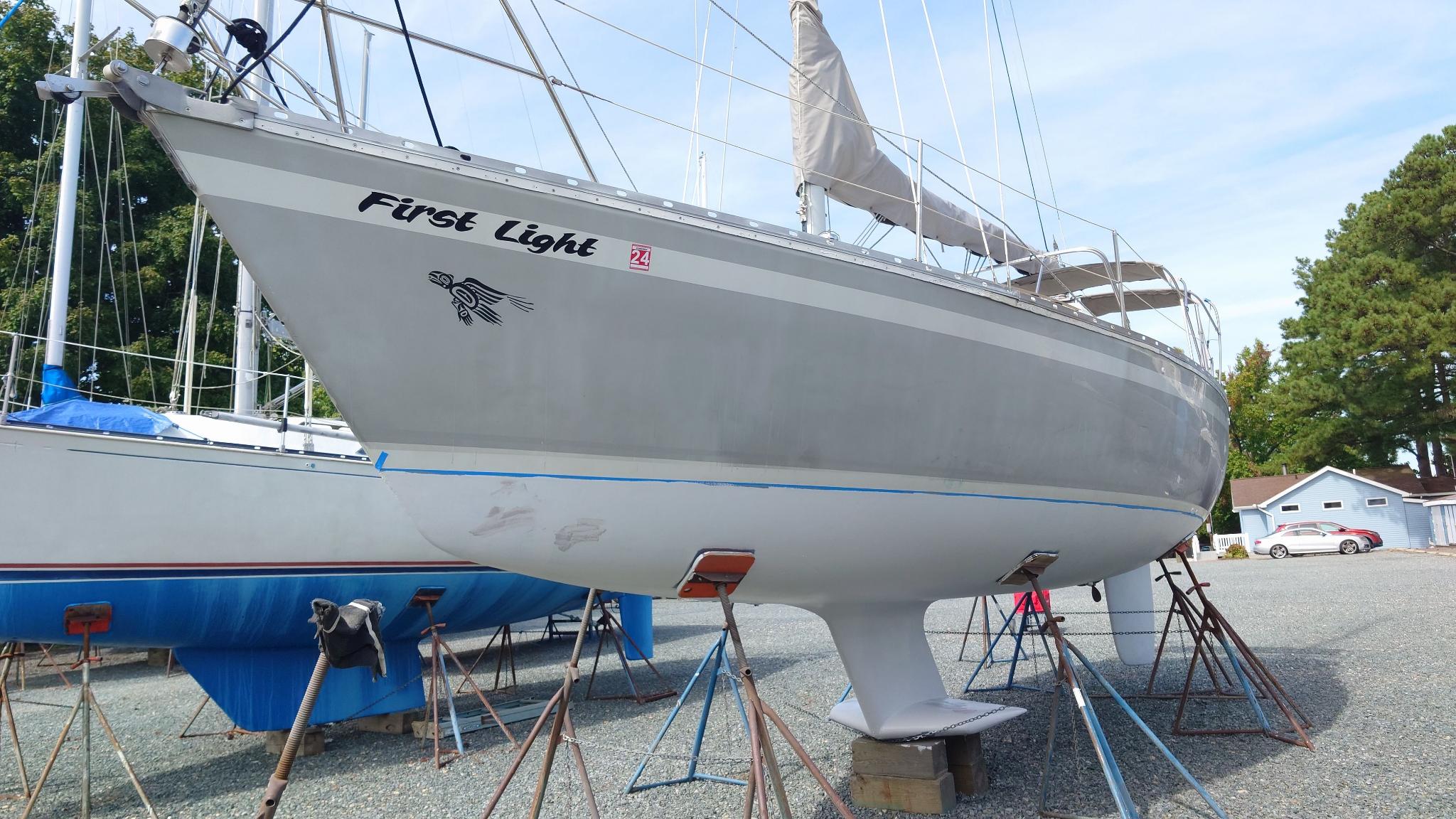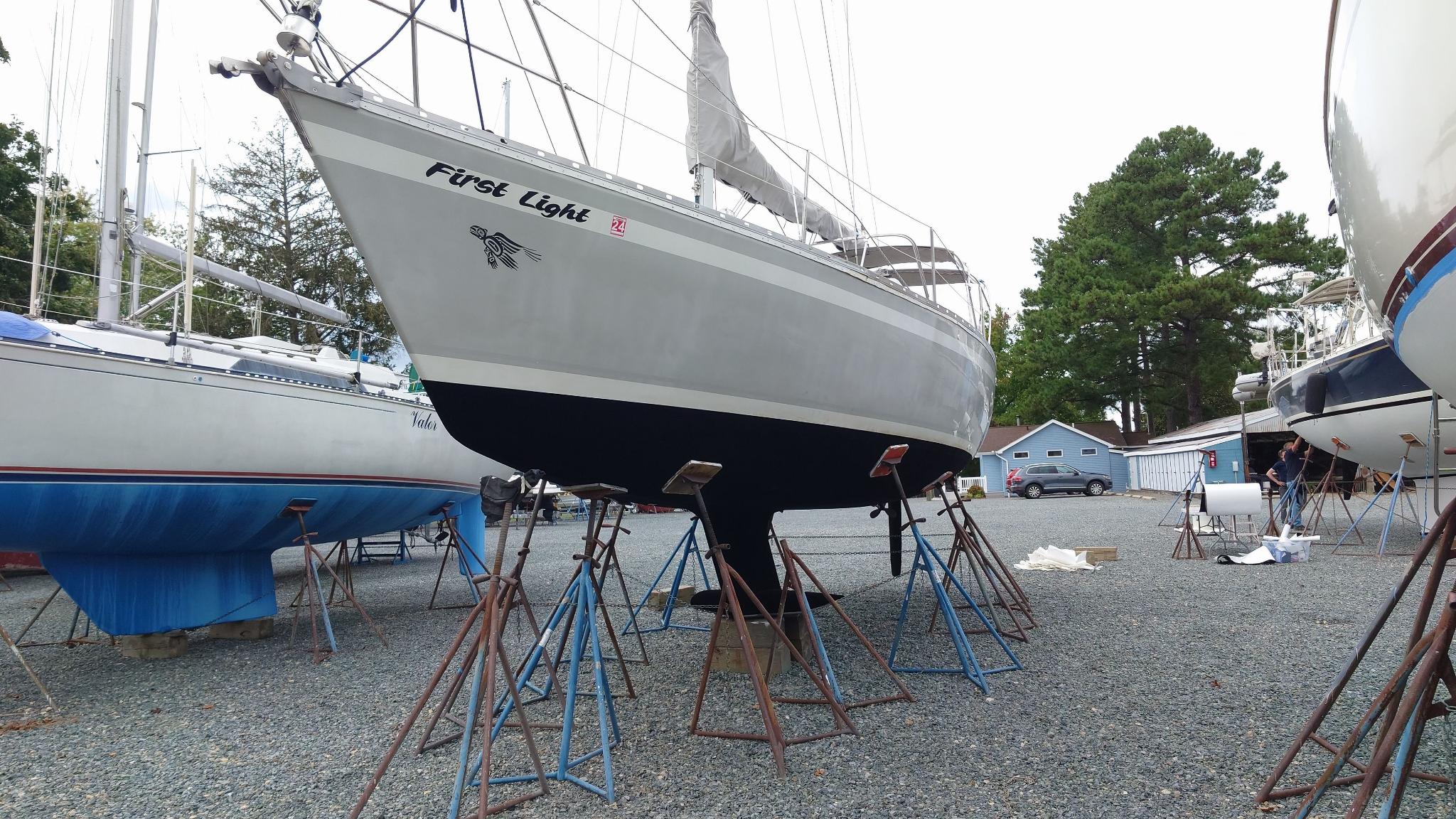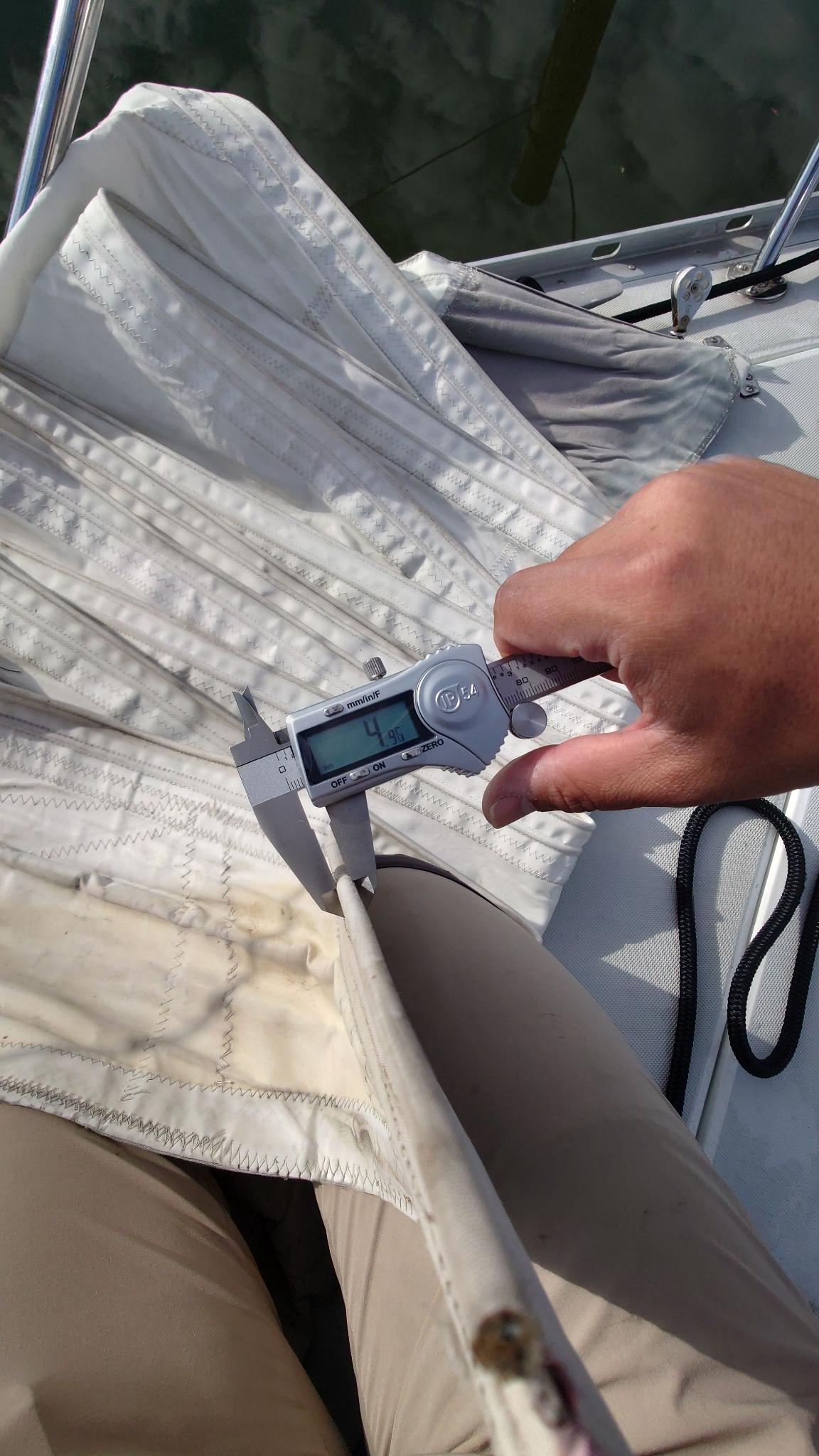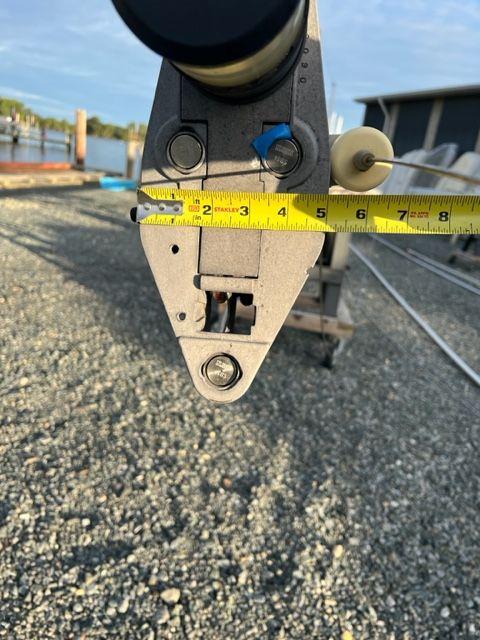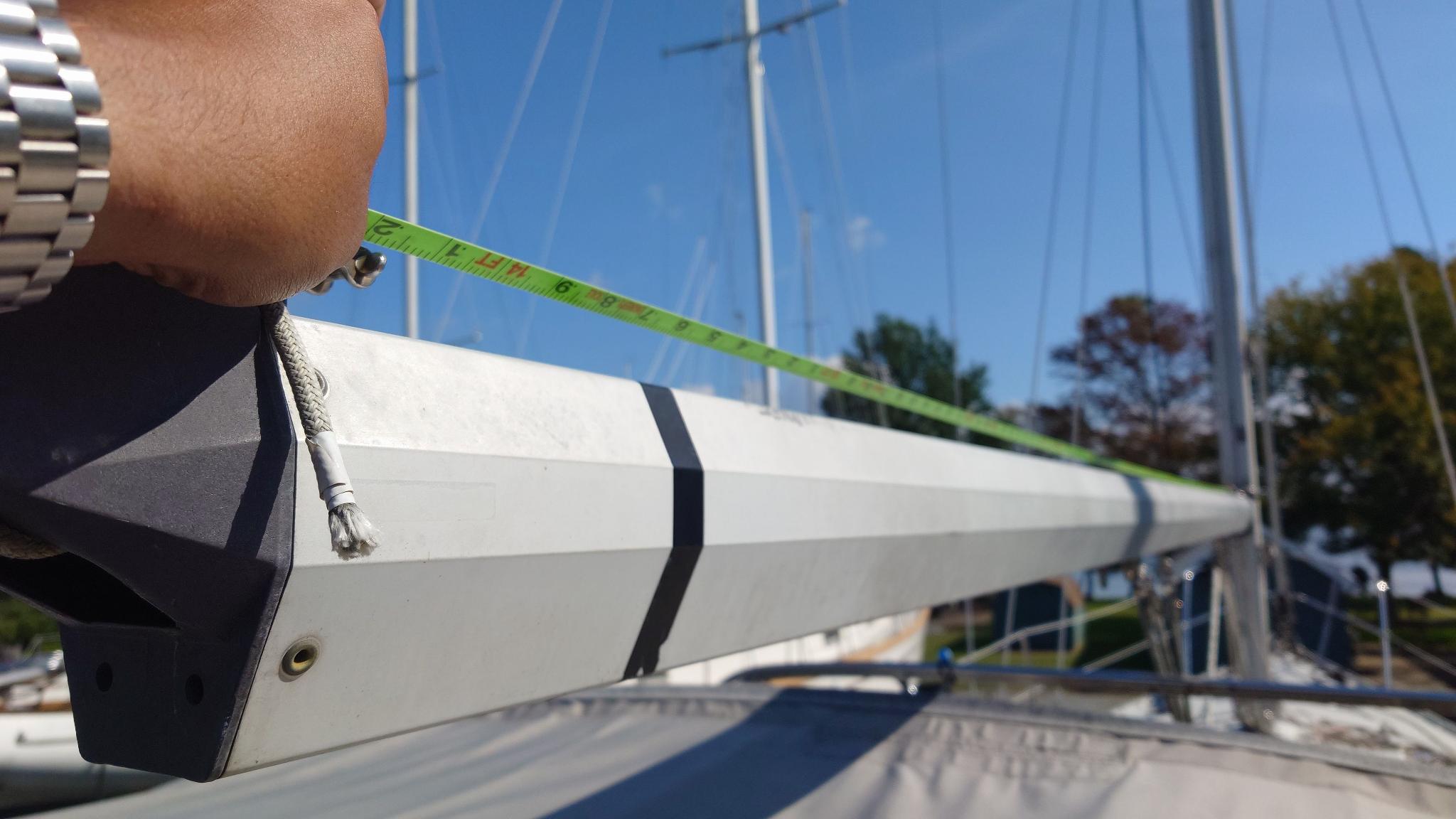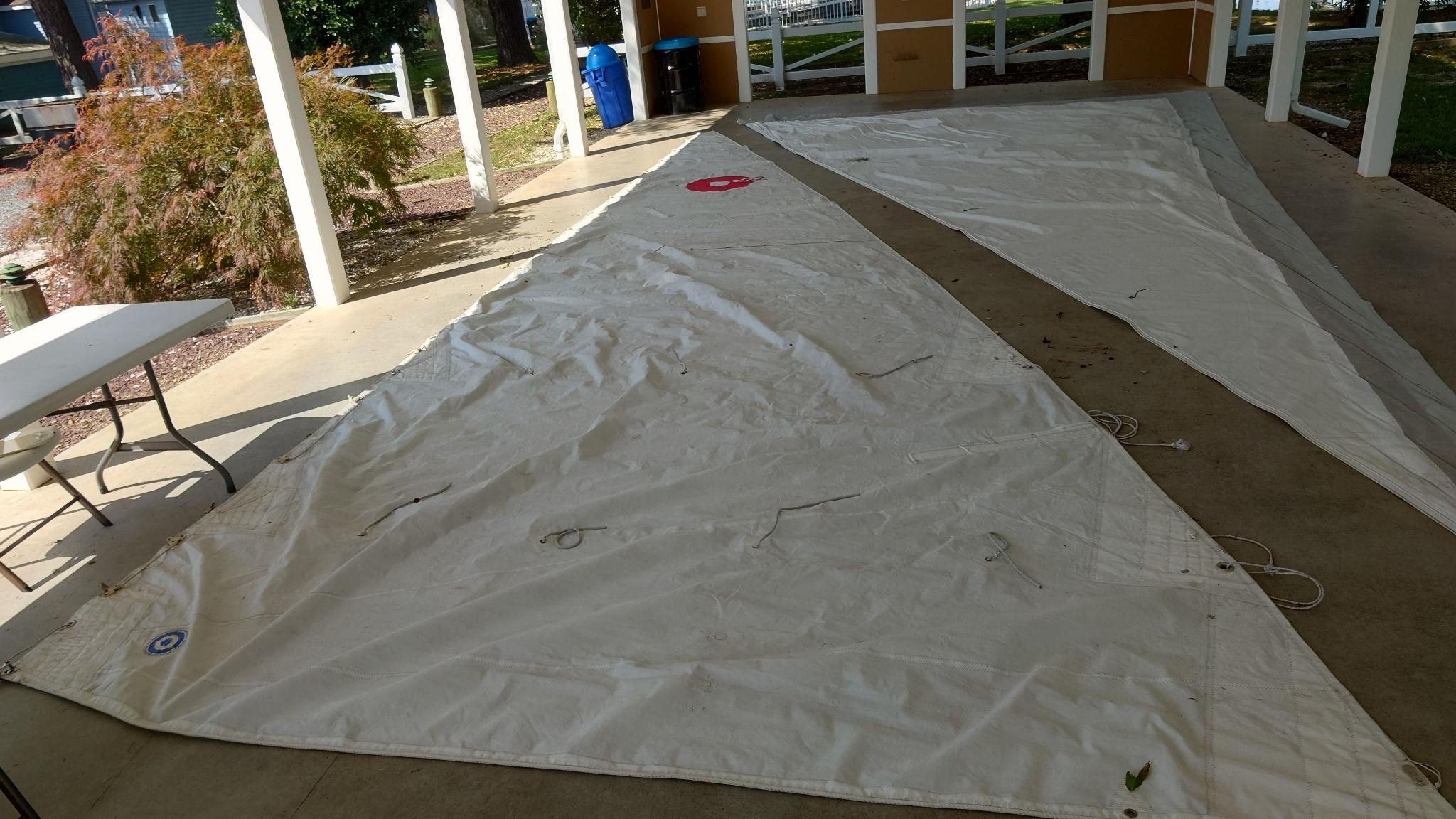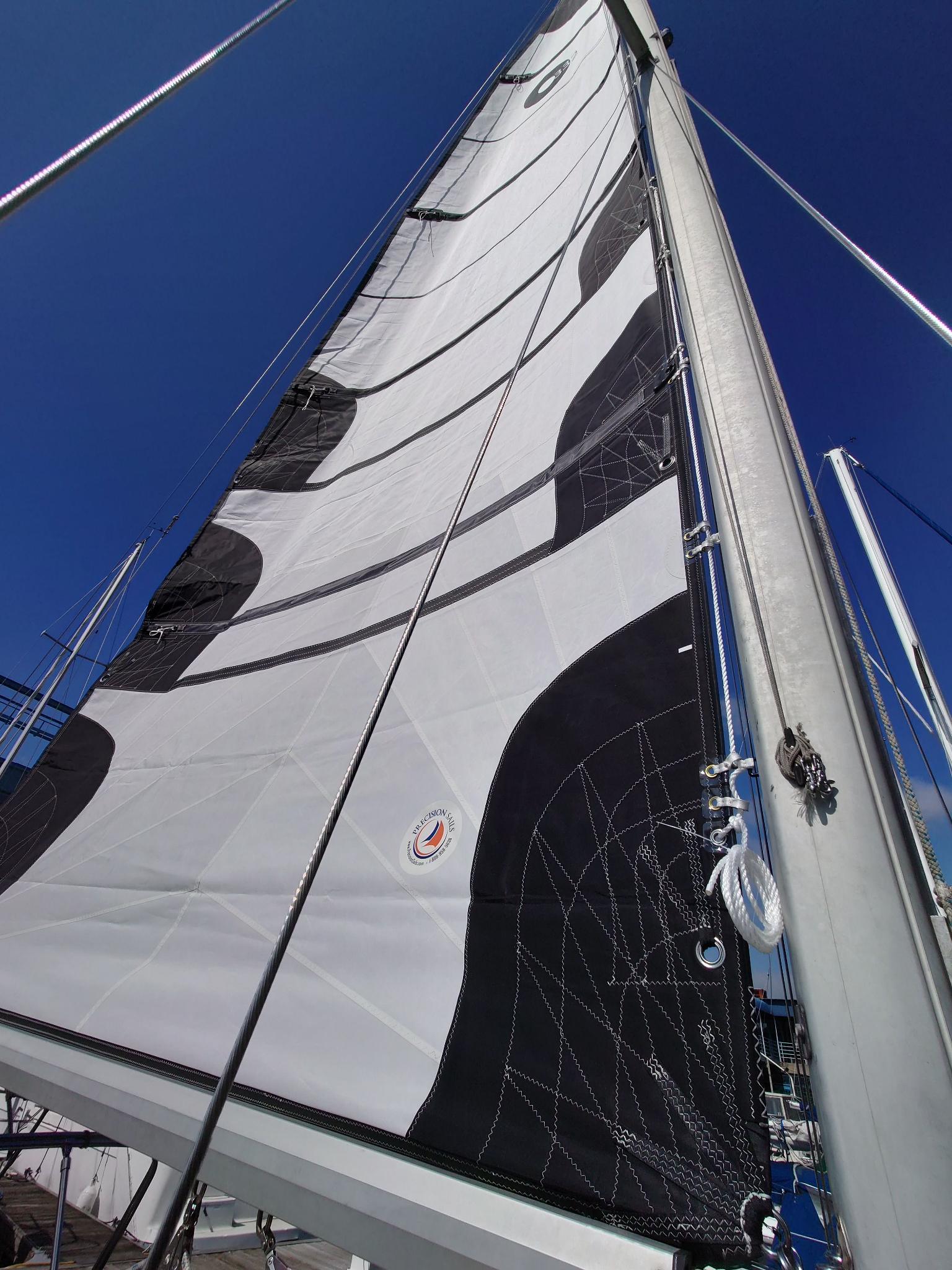Philadelphia, Philadelphia County, Pennsylvania, USA
May 24, 2025 - May 24, 2025
“Learn and run your own ship.” - Octavia E. Butler Repair log #2 - Centered in the log September 2023 – Lankford Bay I didn’t see her lifted... I saw her standing. Up on blocks, dry, still, black bottom paint dulled by months in the water. No slime. No barnacles. Just a few patches where the antifouling had worn thin. I hadn’t planned to haul out. But when the chance came to install Finsulate, I made space in my schedule. Too good to pass up. A friend introduced me to Rik, the inventor, and his business partner Bernard. They’d been building this thing up for years... starting with small boats and pushing steadily into oil rigs, sea platforms, heavy commercial traffic. What they needed now was more adoption by private boats. Yachts. Marina fleets. The kind of traffic that dumps a steady cocktail of toxins, copper, and microplastics into the rivers we claim to love. Finsulate doesn’t leach. No paint dust. No slow bleeding into the current. You don't have to suffer for days in Tyvek, goggles, and a mask while putting on layer after layer of poison. Fixing small patches and damage that happen short of its 10-year life span doesn't require a shop vac, tarp, and HEPA filter... just a sharp knife and a squeegee. It’s ideal for fresh water, and for anywhere that sees pollutant accumulation... places where what scrapes off your hull today ends up in a kid’s fishing net tomorrow. It means the marina stays clean both in the water around the piers and in the runoff from the yard. I needed to touch up my antifouling, had a space in my schedule, and enough curiosity to say yes. They did the install themselves. Slow, methodical work. Each textured panel laid by hand. They’d done this dozens of times, and it showed. I took some photos... got a bit of video. Not because I thought it’d be some magic moment, because it felt like something worth remembering. While the hull was dry, I kept stacking jobs. I replaced the standing rigging. Measured for new sails from Precision. And I told the marina I wanted an engine alignment. First Light had never run clean at wide open throttle. From day one, she topped out at 4.7 knots. The engine sounded fine. Started like a charm. But something was dragging her down... and to me, it felt like alignment. There was drag on the prop or the shaft and there are very few possible culprits. I told them. They gave me that look... the one you get when you’re younger than they expect, and Black in a space they don’t associate with you. They nodded like they were listening, but they weren’t. They assumed I was wrong. That I didn’t know what I was asking for. That I’d seen one too many YouTube diagnostics and confused it for experience. “Alignment doesn’t cause that.” “Could be the prop.” “Could be the engine.” It wasn’t. I knew it wasn’t. The alignment got done late... on the morning I was set to leave. In the water, like they recommend. The mechanic came with me for the sea trial... just a loop through the anchorage at Lankford Bay. We throttled up. And she ran. Hull speed. Clean exhaust. No smoke, no hesitation. No drag. Just a diesel engine, finally sending power where it belonged. For the first time, First Light moved like she wanted to go somewhere. There were no grand revelations. Just a quiet, unmistakable moment of being right... after months of being dismissed.
Daily Summary
Calculating daily statistics...
